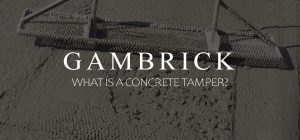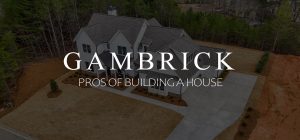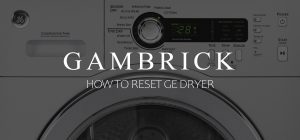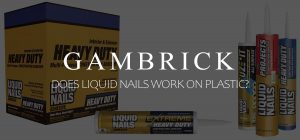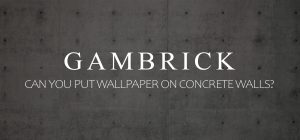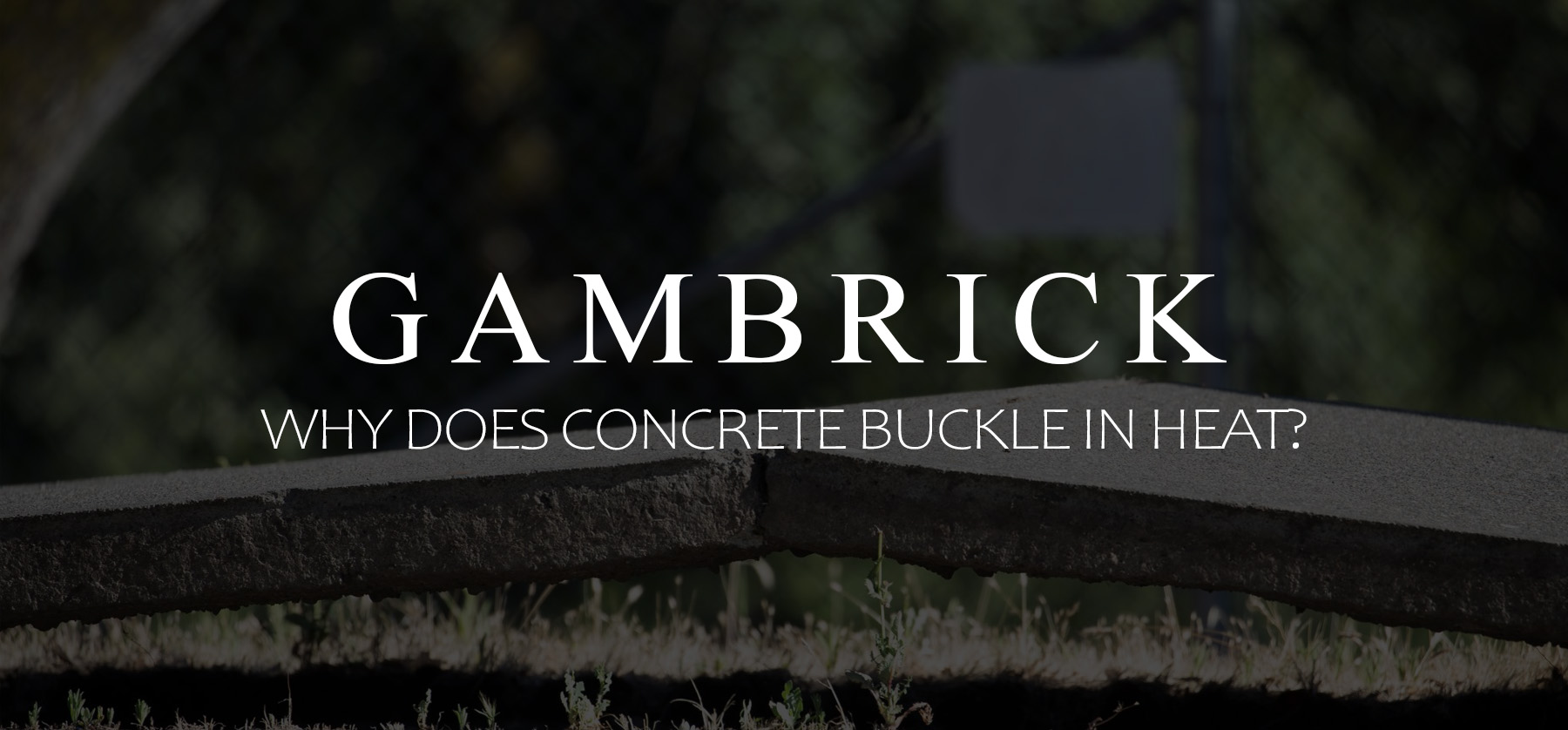
Why Does Concrete Buckle In Heat?
Concrete expands when it gets hot, and when the concrete has nowhere to go, it buckles. The technical term is called thermal expansion. You may have heard the term expansion and contraction before. Almost all building materials will expand when they get hot and contract as they cool. Simply put, this means they grow a bit in heat and shrink when they cool. And concrete is no different. Heat causes concrete to expand as the material heats up and this expansion has to be accounted for during construction.
Concrete buckling can be caused by a difference in temperature throughout a concrete structure or by a rapid temperature change. Heat will expand concrete while an uneven temperature will create tension. But both warm temperature and variances in temperature can result in buckling.
No matter how hot a fire gets, concrete won’t burn, but it can eventually buckle. This buckling can cause serious structural damage and failure.
Concrete is a very porous material that absorbs moisture like a sponge. This can also cause the material to expand and contract slightly, which can effect how it buckles. Moisture content also makes concrete a conductor of electricity, which it isn’t when in a dry state. But you can prevent moisture absorption by using a good quality sealer.
Why doesn’t all concrete buckle in the heat. It’s mainly due to relief cuts being used that allow some expansion, and the aggregate used in the mix. Some aggregates expand more than others which can help prevent buckling.
Thankfully, from generations of experience using concrete, we know why buckling happens and how to prevent it. If you live in an area that sees large variations in temperature, then make sure to include relief cuts in your design and use the correct aggregate in your concrete mix.
Why Does Concrete Buckle When It gets Hot?
Concrete buckles due to the temperatures both in and around its structure. Heat can come from water, sunlight, or surrounding objects but generally it’s caused by the sun.
Sprinklers, washing a car, morning dew, rain or snow can all cause concrete to absorb moisture. Water gets into concrete’s pores and can stay trapped there for a few minutes, hours or even several days. This internal hydration can heat up and expand the concrete which can eventually cause buckling. The issue with water is that it penetrates into the concrete and heats it from the inside. Sunlight is on the surface and takes time to heat concrete on the inside. Trapped moisture heats it faster.
Sunlight is the most common thing that heats and expands concrete. But it takes a while for surface heat to absorb into the center of concrete. Even in very hot climates the surface of concrete can be hot while the inside remains cool.
Surrounding objects both above and below the ground affect the temperature of concrete too. Underground, things like water pipes, electrical wiring, and the temperature of the earth itself all heat concrete. While above ground things like vehicles, mechanical systems, and other buildings can also heat concrete.
The aggregate used to create the concrete has a big impact on buckling. And so does the amount of pores the concrete has because this greatly effects it’s ability to absorb water. Keep this in mind if you live in an extremely hot climate.
But What Actually Causes Concrete To Buckle?
When concrete is heated, it expands and pushes out against surrounding objects. This creates cracks and buckles along weak spots if the expanding concrete has nowhere to go. Basically buckling is caused by pressure. If you don’t have joints built into your slab to relieve the pressure, your slab can crack and buckle.
When a concrete structure heats and cools unevenly the tension that’s created can also create buckles in weak spots. This is less common but still a big problem with concrete slabs.
Basically buckling is caused when expansion occurs do to temperature changes. If the concrete has no where to go, the pressure buildup causes weak spots to crack. Once a crack occurs the expansive pressure now has somewhere to go. It pushes up at the crack which creates a buckle. Remember that three things occur to create a buckle.
- First there’s an expansion due to temperature changes which cause expansion.
- Next, if the increasing pressure has no where to go it eventually creates a crack along a weak spot in the concrete.
- Finally, the concrete expansion has somewhere to go. Pressure pushes up along the crack and a buckle occurs.
Buckling is more common with large structures because the density allows for more heat to be stored. Larger structures also take more time to cool off and dry out.
Heat causes materials to expand. When concrete slabs expand, pressure builds up which can cause the surface to buckle at the joint or in a weak spot within the slab. Engineers design concrete structures with expansion joints that allow the structure to expand and contract without buckling. However, if expansion joints are not inserted, or if these expansion joints get filled in with foreign material, it could cause the concrete to buckle since the joint won’t function properly.
How To Prevent Concrete Buckling
The best way I know of for preventing buckling is including relief joints in your design.
One giant slab of concrete isn’t the best idea. There are bound to be weak points somewhere in the slab, and when expansion occurs, you may get cracks and buckling. If you look between the slabs of a sidewalk or a patio you may notice that a softer material is placed where there would usually be an open space.
This material is called an expansion joint. It’s a flexible buffer made out of a pliable material like cork or plastic. Expansion joints allow the concrete to expand without putting direct pressure on other slabs or nearby objects. The expansion joint gives as the concrete expands, and it expands as the concrete contracts. Expansion joints move with the concrete while still maintaining they’re own form and filling the gap between slabs. This helps the concrete safely move around without cracking or buckling.
Tensile is an important term to know when working with concrete. It refers to the ability of a structure to resist elongation and compression. In other words, tensile strength is how much movement your structure can handle before buckling.
To calculate the tensile strength of your project, you can perform tests that measure your structures’ limits. These tests can be found on the American Concrete Institute’s website. Or better still, hire an engineer to do the calculations for you.
Concrete Reinforcements
Another way to resist cracks and buckling is by reinforcing your concrete with metal. Why does concrete buckle in heat? Because of expansion causing pressure with no where to go. Weak points crack and buckle under that pressure. Reinforcement strengthens concrete and greatly reduces weak spots. If there are no week spots then the concrete won’t crack and therefore won’t buckle.
Include a layer of wire mesh inside your slab to strengthen it. Wire mesh increases the tensile strength of concrete which helps resist cracks and buckling.
If you need even more strength than wire mesh, use rebar. Foundations use rebar because it greatly increases the strength of concrete.
Even though concrete reinforcements like wire mesh and rebar and great ideas, they still don’t completely remove the need for relief joints. In my own work we use a combination of the two. I like to include a layer of wire mesh inside my slabs but I also use relief cuts.
Micro Rebar
Recently a new product has come on the market which is called Helix Micro Rebar. Helix is a concrete reinforcement material that’s tiny and replaces rebar. They’re very small metal twists about the size of a nail that mix into the concrete. When well mixed, Helix will be evenly spread throughout the entire slab. The company claims that when Helix is used properly it replaces rebar and eliminates the need for joints.
In any application Helix will increase the strength and durability of concrete by reinforcing it from the inside.
Personally, I’ve never tested Helix and have always stuck with the time tested methods of rebar, wire mesh and relief cuts. But if the companies claims and tests are correct, this is a great product to use on large slabs like patios and sidewalks.
Thicker Concrete
Another way to resist cracks and buckling is using thicker concrete with stronger rebar. Instead of pouring a 4″ patio, go with a 6″ and use some 1/2 rebar. The added thickness and rebar will strengthen the concrete quite a bit and help prevent buckling.
Thick concrete isn’t a solution for all situations however. If the slab is large enough then pressure can build up and crack it. The rebar may hold things together and prevent buckling but you can still get cracks.
I like to use thicker concrete for a medium sized patio because it lets me go a little bigger without needing relief cuts. But if the patio or sidewalk is really big then you should still use some. Too much stiffness isn’t always a good thing. Hard object like concrete need to be able to move a bit or cracks can occur.
Weather
A crucial factor to consider when working with concrete is the weather. Weather should always be considered when working with concrete. Weather conditions determine how wet, dry, hot, or cold the concrete will be which all effect it’s expansion, contraction and potential buckling.
Any good mason will understand the areas climate and what needs to be done to strengthen the slab and prevent buckling. But if your doing it yourself then it’s up to you to take precautions.
Your plans should be especially thought out when you’re building in an area that sees extreme heat or temperature fluctuations. Hot days and cold nights are especially bad which is why we see more concrete buckling in hot states like Arizona.
Buckling is also very bad when some sections of concrete are exposed to temperature changes while others remain constant. Or when you’re building a structure with an external temperature contrast to the internal temperature, for example a heated or cooled garage floor. These contrasts in temperature can cause expansion pressures, cracks and buckling.
Always think carefully about tensile strength, expansion joints, and the weather. It’s all very important.
I recommend a concrete reinforcement like wire mesh inside your slab along with an expansion joint where needed. If you don’t want relief cuts then use thicker concrete with rebar or Helix.
Preventing Buckling On An Existing Structure
Buckling can happen after your structure is built and cured. It’s a good idea to take precautions to keep it sturdy. Below are some ways in which you can help keep your concrete strong for as long as possible:
- Reduce temperature fluctuations where you can. For example, keeping your heated garage cooler in the winter so the internal and external temperatures aren’t that different different.
- Keep your concrete structure warm during winter. This is especially helpful if you have a finished concrete floor or a commercial building. Maintaining a constant warm temperature helps keep concrete strong by preventing expansion.
- Use concrete in a well insulated area to prevent big temperature fluctuations and expansion. Even if the space isn’t heated, insulation will help maintain a more constant temperature.
- Insulate around your concrete structure to keep water within the foundation from freezing too quickly during the winter. Foam insulation around a concrete foundation or slab is great for this.
- One of the best things you can do is maintain temperature. It’s big fluctuations from hot to cold that creates pressure. Expansion and contraction can’t happen if the temperature is steady. Insulation and heat are both great ways of doing this.
- Use a method that’s right for the climate you live in. For example in Nevada this is a bigger issue than it is in the South Carolina because they have a steadier temperature and less extremes.
How to Fix Concrete Buckles
Even when preventative measures are taken, concrete can still buckle. However, there are ways you can repair the damage.
The simplest way to repair a concrete buckle is to remove the pieces or sections that are out of place and the re-pour. This patch work will repair the structure cosmetically, but it won’t be as strong as it was before.
If the concrete that buckled is part of a driveway, patio, or sidewalk where you need strength, you can use rebar to tie the new section into the old. Drill and bang rebar into the old section and then pour new concrete. The rebar will tie the two sections together and make them strong.
Cutting out and repairing a buckled section of concrete won’t necessarily fix the problem.The expansion pressure can still be there and the new concrete can crack again. Buckling is a sign of pressure which needs some relief. To fix the problem, once you cosmetically repair it, cut in some relief joints.
Summary: Why Does Concrete Buckle In Heat?
To make concrete, mix cement, sand, aggregate (course gravel), and water together. The basic mixture is one part cement, two parts sand, and three parts aggregate. Mix all the dry ingredients together really well before you add any water. A good dry mix is very important if you want a finished concrete with consistent strength and color. Areas of unmixed ingredients will lead to weak spot in your concrete and discoloration. Think of mixing concrete the same as with a cake. If you don’t mix all the ingredients together thoroughly before cooking, the cake won’t turn out right. Finally mix in water until the concrete is like thick oatmeal but not too wet. Wet concrete should still be solid and not thin like water. If you pick up wet concrete and it runs through your fingers then it’s too wet.
A typical concrete mix is one part cement, 2 parts sand, and 3 parts aggregate in addition to water and air. This creates a good all around concrete with a strength of around 3500 psi. This is just the right strength for more construction projects like walkways, patios, driveways, sidewalks and even some foundations. It’s also workable enough to be used for most repair jobs.
Making your own concrete can be inconsistent at times which is why most homeowners buy premixed bags. Make sure to carefully measure your ingredients and thoroughly mix your dry bath before adding water. Consistency and accuracy are key to creating good concrete.
If you have any questions or comments e-mail us any time. We’d love to hear from you.

John Mazzuca | About | More Posts |
Custom Home Builder
John Mazzuca is a custom home designer and builder at Gambrick with over 25 years experience in the construction industry. John has designed, built and/or remodeled hundreds of homes, small buildings, and commercial projects. He writes about business, real estate, home building, and household electronics. His work has been featured in Fox Business, Better Homes & Garden, House Beautiful, and more.

